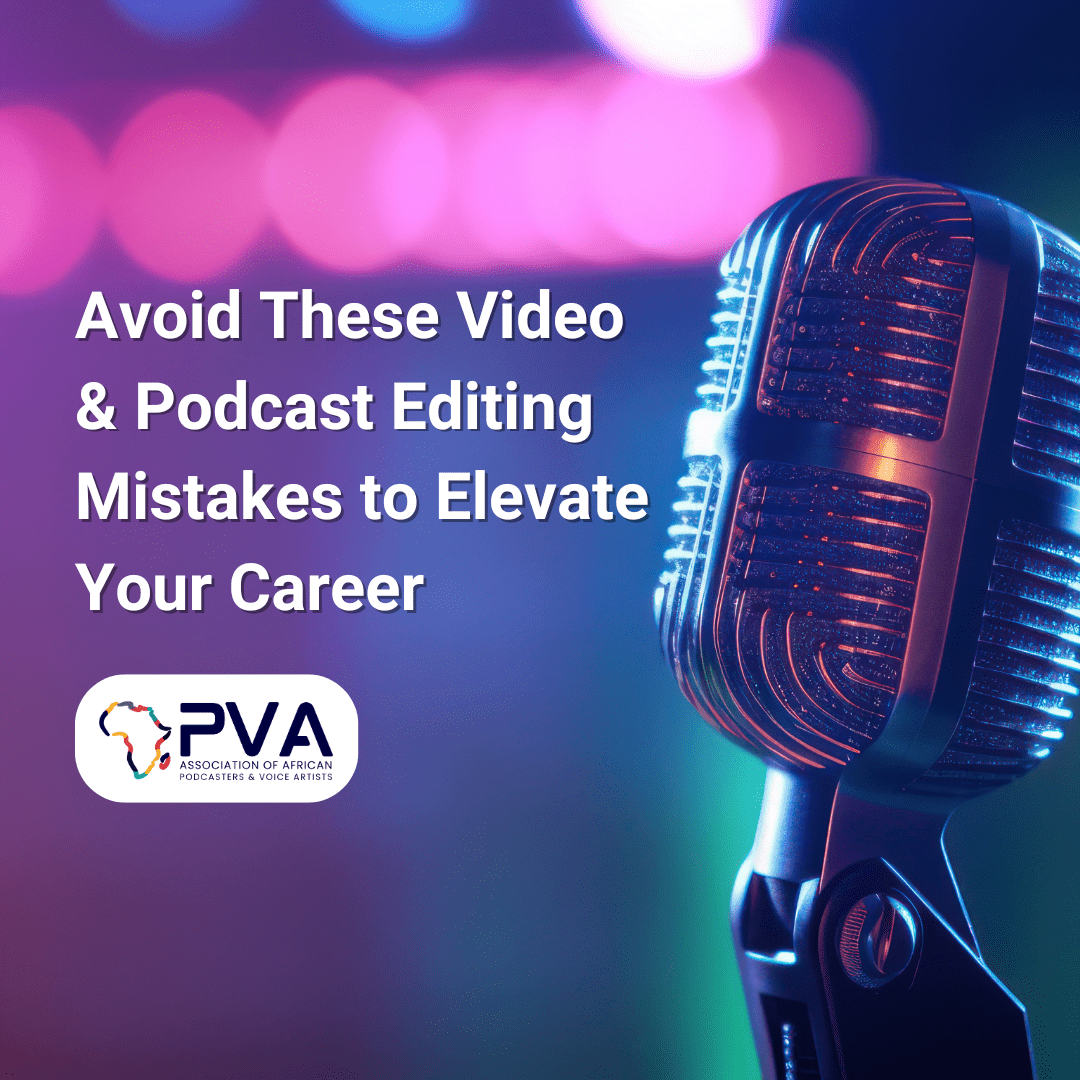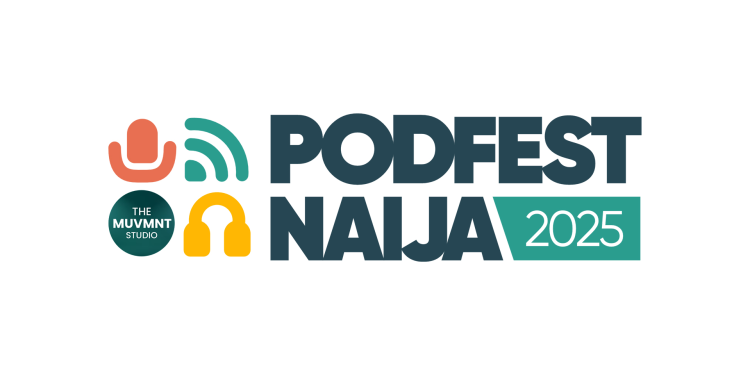The world of video and podcast editing is thriving, with demand at an all-time high. But while opportunities are abundant, many editors remain stuck earning between $50 and $200 per episode, never breaking into the higher-paying tiers of $400 to $1,000 per episode. Why? Because they make crucial mistakes that limit their earning potential. If you’re serious about excelling in this field and significantly increasing your rates, avoiding these mistakes is non-negotiable.
1. Failing to Listen—To the Client and the Content
Many editors treat their work as a mechanical process—trimming ums and ahs, adding an intro, and calling it a day. But editing is more than that; it’s about storytelling and strategy. Clients may not always articulate exactly what they want, but it’s your job to actively listen, both to their feedback and the content itself. The best editors absorb the nuances of an episode, ensuring that every cut, transition, and enhancement supports the message.
2. Missing Deadlines
Late deliveries are one of the fastest ways to lose clients. While missing deadlines often results from poor time management, it can also stem from an editor’s failure to set clear expectations upfront. Always outline your turnaround times explicitly. A 72-hour turnaround is standard, but anything quicker should come with an upcharge. Additionally, create a structured schedule and communicate any potential delays well in advance.
3. Producing Sloppy Work
Editors who submit rushed or careless work are easily replaced. If you’re skipping over small but impactful details—like properly balancing audio levels, ensuring smooth transitions, or applying colour correction—you’re hurting your credibility. Every project you deliver should be your best work. Treat it as a reflection of your skills and professionalism.
4. Ghosting Clients
Clients expect a certain level of responsiveness, especially after receiving an edit. If they request a revision, be available to discuss it instead of disappearing for hours or days. Establish a system for communication—whether it’s Slack, Trello, or another platform—to maintain a steady workflow. The best editors proactively check in with their clients rather than waiting for an issue to arise.
5. Lacking Initiative and Strategic Input
Great editors do more than just execute; they advise. Many clients are looking for a content partner, not just a button-pusher. Offering strategic input—such as advising on better storytelling techniques, structuring episodes for audience retention, or suggesting dynamic thumbnails—sets you apart. Help your clients think long-term, and they’ll value your contributions far more.
6. Ignoring Content Marketing and SEO
YouTube and podcast platforms thrive on discoverability. Helping your clients optimize titles, descriptions, and keywords can dramatically improve their reach. Understanding audience retention analytics, testing A/B thumbnails, and using SEO-friendly descriptions are all value-adds that make you indispensable.
7. Overlooking Thumbnail and Title Optimization
On YouTube, if no one clicks on the video, no one watches it. Thumbnails and titles determine success just as much as video quality. If you want to charge premium rates, offer a package that includes thumbnail and title variations for A/B testing. The ability to create attention-grabbing thumbnails and engaging titles gives your clients a significant edge.
8. Poor Onboarding Process
The best editors make onboarding smooth and effortless. When taking on a new client, clarify:
- File submission deadlines
- Preferred editing style and formatting
- Communication channels
- Standard turnaround time and pricing for rush jobs Setting clear expectations upfront eliminates confusion and ensures a productive working relationship.
9. Failing to Suggest New Ideas
Clients don’t always know what’s possible. They might be producing outdated, low-impact content simply because they haven’t been exposed to better alternatives. As an editor, you should consistently introduce fresh ideas: suggest new camera angles, dynamic B-roll, engaging text animations, and ways to improve audience engagement. Being proactive makes you more than just an editor—it makes you a valued creative partner.
10. Stagnating in Skill Development
The most successful editors are lifelong learners. If you’re charging the same rates year after year, it’s because your skills have remained static. Keep up with new editing software, AI tools, and storytelling techniques. Learn about audience behavior, analytics, and content strategy. Clients pay more for editors who help them grow, not just edit.
The Path to Higher Earnings
If you want to break out of the low-paying tier and start charging premium rates, you need to:
- Learn more to earn more. Become a content strategist, not just an editor.
- Make your clients look great. Their success is your success.
- Treat every edit as your signature. High-quality work builds reputation and referrals.
- Think like a marketer. Help clients grow their audience, and you’ll always have work.
The key to thriving as a video or podcast editor is not just technical skill but strategic thinking. The editors who rise to the top are those who take ownership of their work, provide exceptional value, and help their clients succeed. By avoiding these common mistakes and refining your approach, you can transform your career and command the rates you truly deserve.
Now, take a step back, evaluate your workflow, and ask yourself: Are you just editing, or are you elevating content? If you’re ready to charge premium rates and be seen as an industry leader, it’s time to step up.





